Filter by
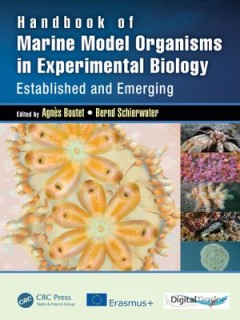
Handbook of Marine Model Organisms in Experimental Biology
The importance of molecular approaches for comparative biology and the rapid development of new molecular tools is unprecedented. The extraordinary molecular progress belies the need for understanding the development and basic biology of whole organisms. Vigorous international efforts to train the next-generation of experimental biologists must combine both levels – next generation molecular …
- Edition
- edisi 1
- ISBN/ISSN
- 9781000464313
- Collation
- -
- Series Title
- -
- Call Number
- -
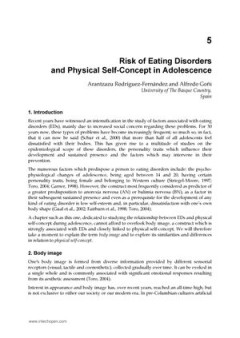
Risk of Eating Disorders and Physical Self-Concept in Adolescence
Risk of Eating Disorders and Physical Self-Concept in Adolescence
- Edition
- -
- ISBN/ISSN
- 9789535100010
- Collation
- -
- Series Title
- -
- Call Number
- -

Group Theory for the Standard Model of Particle Physics and Beyond
Based on the author's well-established courses, Group Theory for the Standard Model of Particle Physics and Beyond explores the use of symmetries through descriptions of the techniques of Lie groups and Lie algebras.
- Edition
- -
- ISBN/ISSN
- 9781439895207
- Collation
- -
- Series Title
- -
- Call Number
- -
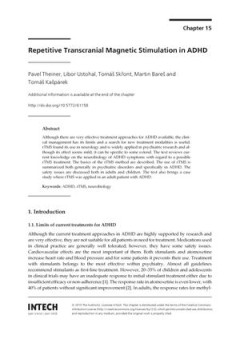
Repetitive Transcranial Magnetic Stimulation in ADHD
Although there are very effective treatment approaches for ADHD available, the clinical management has its limits and a search for new treatment modalities is useful. rTMS found its use in neurology and is widely applied in psychiatric research and although its effect seems mild, it can be specific to some extend. The text reviews current knowledge on the neurobiology of ADHD symptoms with rega…
- Edition
- -
- ISBN/ISSN
- 9789535121664
- Collation
- -
- Series Title
- -
- Call Number
- -

Gunnar Landtman in Papua : 1910 to 1912
Despite poverty and neglect the coastal Kiwai of the northern Torres Strait and Fly estuary are a strong and vibrant people with a long tradition of work in the marine industries of the Torres Strait. Regrettably their current social, economic and political problems are marginal to both Papua New Guinea and Australia. Gunnar Landtman’s research, undertaken between 1910 and 1912, is still a fo…
- Edition
- -
- ISBN/ISSN
- 9781921666131
- Collation
- -
- Series Title
- -
- Call Number
- 572.995 2 LAW g
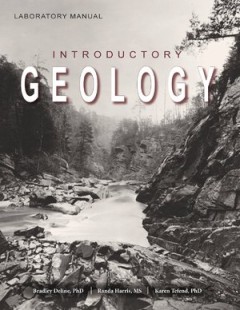
Laboratory Manual for Introductory Geology: Chapter 11
This is the 11th chapter of a textbook that is a comprehensive lab manual for the core curriculum Introductory Geosciences classes with both informational content and laboratory exercises.
- Edition
- -
- ISBN/ISSN
- 9781940771366
- Collation
- -
- Series Title
- -
- Call Number
- -
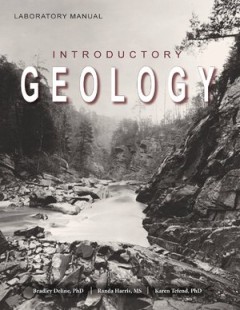
Laboratory Manual for Introductory Geology: Chapter 13
This is the 13th chapter of a textbook that is a comprehensive lab manual for the core curriculum Introductory Geosciences classes with both informational content and laboratory exercises.
- Edition
- -
- ISBN/ISSN
- 978-1-940771-36-6
- Collation
- -
- Series Title
- -
- Call Number
- -
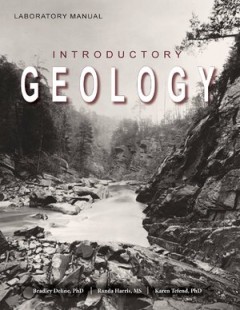
Laboratory Manual for Introductory Geology: Chapter Four
This is the fourth chapter of a textbook that is a comprehensive lab manual for the core curriculum Introductory Geosciences classes with both informational content and laboratory exercises.
- Edition
- -
- ISBN/ISSN
- 9781940771366
- Collation
- -
- Series Title
- -
- Call Number
- -
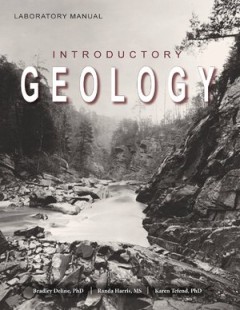
Laboratory Manual for Introductory Geology: Chapter Six
This is the sixth chapter of a textbook that is a comprehensive lab manual for the core curriculum Introductory Geosciences classes with both informational content and laboratory exercises.
- Edition
- -
- ISBN/ISSN
- 9781940771366
- Collation
- -
- Series Title
- -
- Call Number
- -
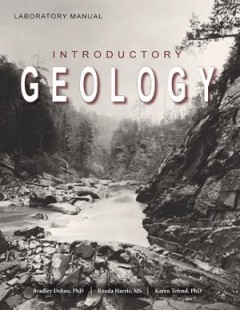
Laboratory Manual for Introductory Geology: Chapter Eight
This is the eighth chapter of a textbook that is a comprehensive lab manual for the core curriculum Introductory Geosciences classes with both informational content and laboratory exercises.
- Edition
- -
- ISBN/ISSN
- 9781940771366
- Collation
- -
- Series Title
- -
- Call Number
- -
 Computer Science, Information & General Works
Computer Science, Information & General Works  Philosophy & Psychology
Philosophy & Psychology  Religion
Religion  Social Sciences
Social Sciences  Language
Language  Pure Science
Pure Science  Applied Sciences
Applied Sciences  Art & Recreation
Art & Recreation  Literature
Literature  History & Geography
History & Geography